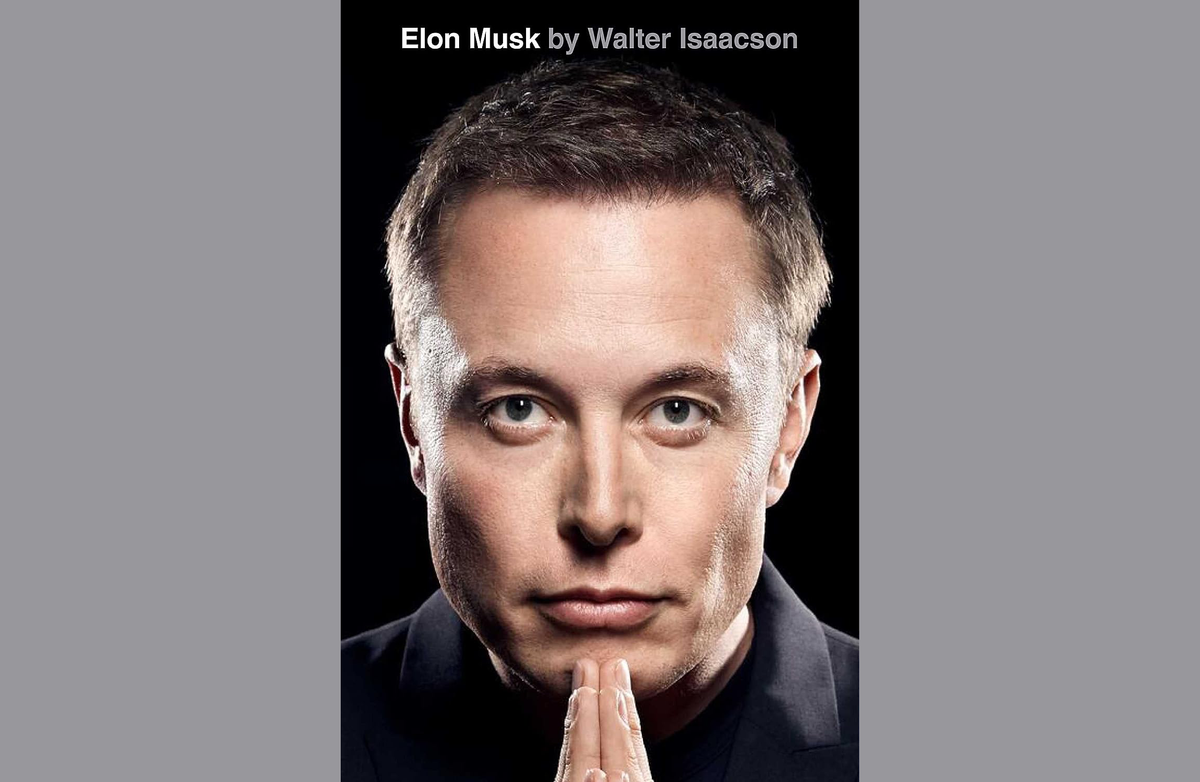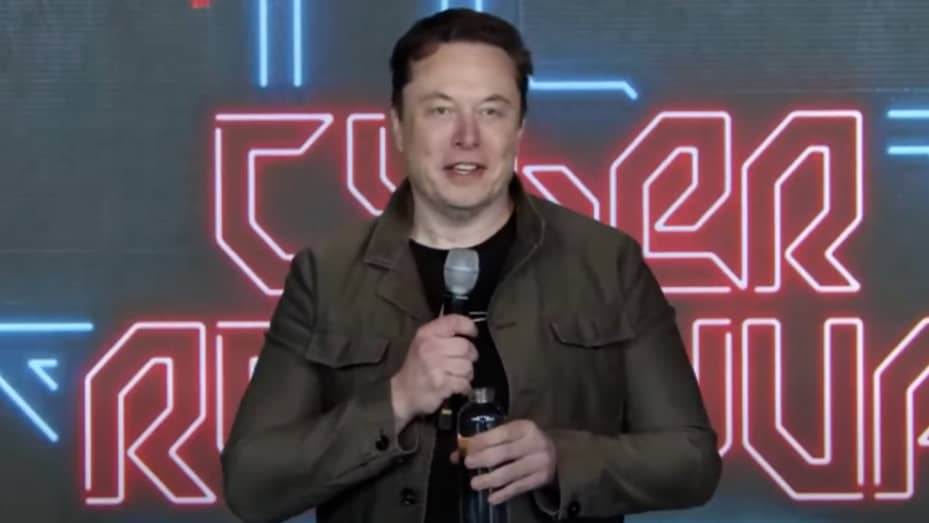Why Tesla’s Future May Surprise You: Exploring New Trends and Uncharted Growth
Explore Tesla’s future with an insightful SWOT analysis covering strengths, weaknesses, opportunities, and threats. Discover how Tesla’s growth in EVs, energy solutions, and autonomous driving compares to competitors.

Tesla’s journey from an electric car startup to a global powerhouse in EVs and energy solutions has captivated investors and consumers alike. Yet, Tesla faces both promising opportunities and complex challenges as it expands into autonomy, sustainable energy, and affordability. Using a SWOT analysis, we can assess Tesla’s current strengths, weaknesses, opportunities, and threats. Each point has been scored on a scale of 0 to 10, reflecting the robustness of each factor. Here’s a look at what Tesla’s future might hold—and why it may surprise you.
Strengths: Tesla’s Core Competitive Edge (27/30)
Tesla’s brand strength and technological leadership score high (10/10), as the company’s reputation as an EV pioneer with advanced battery technology and autonomous capabilities remains unmatched. Tesla’s name alone draws consumer loyalty and investor confidence, positioning it as a leader in automotive technology.
Tesla’s vertical integration and advanced manufacturing capabilities also earn a strong score of 9/10. With production powerhouses like Giga Berlin and Giga Texas, Tesla maintains tight control over its supply chain and production process, driving down costs and improving quality control as it scales production globally.
The company’s focus on sustainable energy solutions, including the Megapack and Powerwall products, scores an 8/10, reflecting Tesla’s ability to diversify beyond vehicles into renewable energy. These solutions align well with the increasing demand for clean energy and further Tesla’s mission to accelerate the world’s transition to sustainable energy.

Weaknesses: Areas of Vulnerability (17/30)
Tesla’s high production and operational costs score a 6/10, as rapid scaling introduces financial strain and pressure to maintain profitability. The costs of producing new models like the Cybertruck and the anticipated $25,000 EV could challenge Tesla’s ability to balance production efficiency with profitability.
Tesla’s reliance on CEO Elon Musk is both a strength and a weakness, earning a moderate score of 5/10. While Musk’s vision has been instrumental in Tesla’s growth, this reliance brings volatility, mainly as Musk divides his focus between Tesla and his other ventures like SpaceX and Twitter.
Customer service and quality control issues also score 6/10. Tesla has faced criticism for varying quality standards in recent models and inconsistent customer service, which could affect customer satisfaction and loyalty as it moves to capture new markets with affordable EVs.
Opportunities: Growth Prospects on the Horizon (26/30)
Tesla’s expansion into the affordable EV market scores a high 9/10. As more countries implement EV incentives and transition away from internal combustion engines, Tesla’s planned $25,000 model could drive mass adoption and solidify Tesla’s position in price-sensitive markets.
Advances in autonomous driving and the potential for software subscription revenue also receive a solid score of 8/10. Tesla’s Full Self-Driving (FSD) software holds significant revenue potential, especially if autonomous vehicles become a standard feature. The move toward a subscription-based model could create a reliable income stream for Tesla beyond hardware sales.
Finally, the growth of energy storage and renewable solutions garnered another high score of 9/10. As the world leans into sustainable energy, Tesla’s renewable energy products, like the Megapack and Powerwall, could transform the energy landscape and reduce carbon footprints globally.
Threats: External Challenges and Market Pressures (18/30)
Tesla faces intensifying competition in EV and clean energy markets, scoring 7/10. Legacy automakers and new EV-focused companies are ramping production, threatening Tesla’s market share. This competition could challenge Tesla’s position, especially if rivals can match Tesla’s quality at lower prices
Economic and supply chain vulnerabilities receive a 6/10 score, reflecting the risks Tesla faces from fluctuating material costs and potential supply chain disruptions. Given the automotive industry’s reliance on scarce materials like lithium, Tesla’s profitability could be affected by sudden changes in global economic conditions
Lastly, regulatory and legal challenges for autonomous driving earn a score of 5/10, as Tesla’s FSD technology faces complex regulations. Achieving global adoption of autonomous technology is hindered by differing legal standards and safety concerns, which could slow Tesla’s rollout plans
Overall SWOT Scorecard
| Category | Score |
|---|---|
| Strengths | 27/30 |
| Weaknesses | 17/30 |
| Opportunities | 26/30 |
| Threats | 18/30 |
Grand Total Score: 88/120
Analysis: A Balanced Outlook on Tesla’s Future
Tesla’s overall score of 88/120 underscores its strong position driven by significant strengths and promising opportunities, countered by manageable weaknesses and external threats. Tesla’s reputation, technological innovation, and focus on sustainable energy position it as a formidable player in the global market.
However, addressing areas like cost management, quality control, and Musk’s influence will be essential for stable expansion as Tesla grows. Tesla’s opportunities in affordable EVs, autonomous technology, and renewable energy align with global trends, while its threats reflect challenges from intensifying competition, economic risks, and regulatory barriers.

Competitive Analysis: Tesla vs. BYD
As Tesla scales its operations globally, it faces increasing competition from BYD (Build Your Dreams), China’s leading EV manufacturer, known for its dominance in both the Chinese and international EV markets. Here’s a comparative analysis of Tesla and BYD, two heavyweights in the electric vehicle industry:
1. Market Position and Reach
- Tesla: Tesla’s brand equity and innovation-first approach position it as a premier EV manufacturer in the U.S. and Europe and expanding global markets. Tesla continues to lead in premium EV sales and has a strong market presence, especially in North America and Europe.
- BYD: BYD has secured a dominant position in China, the world’s largest EV market, where it benefits from government incentives and a vast network of affordable, mass-market EV models. BYD is also rapidly expanding into Europe, Southeast Asia, and Latin America, challenging Tesla’s global reach
2. Product Range and Affordability
- Tesla: Tesla’s current lineup includes premium models like the Model S and Model X, alongside more affordable options such as the Model 3 and Model Y. Tesla plans to launch a $25,000 model by 2025, aiming to capture the budget-conscious segment.
- BYD: BYD offers a broader range of affordable models, making it highly competitive in emerging markets. With price points often lower than Tesla’s, BYD appeals to middle-income consumers looking for quality, budget-friendly EVs.
3. Technology and Innovation
- Tesla: Known for its proprietary technology, Tesla leads in autonomous driving (Full Self-Driving) and battery efficiency (4680 cells). Tesla’s focus on software innovation and over-the-air updates continues to set it apart as a technology-driven brand.
- BYD: BYD has developed its battery technology, including the Blade Battery, which offers enhanced safety and a longer lifecycle. While BYD lags behind Tesla in autonomous tech, it leverages its energy storage and mass production expertise to provide reliable, affordable EVs.
4. Sustainability and Energy Solutions
- Tesla: Tesla’s energy segment, with products like the Powerwall and Megapack, extends its impact beyond vehicles, contributing to renewable energy adoption. Tesla’s vertical integration in energy storage and sustainable technology aligns with its mission for a cleaner future.
- BYD: BYD is also a significant player in energy storage, providing electric buses, renewable energy storage systems, and batteries for grid-level applications, particularly in China. Its focus on sustainable energy solutions supports its goal of becoming a global green technology company.
5. Challenges and Growth Trajectory
- Tesla: Tesla’s growth is tempered by operational costs, quality control issues, and dependency on Elon Musk’s leadership. Navigating these challenges while expanding globally will require Tesla to balance innovation with efficiency.
- BYD: BYD faces challenges in scaling its brand presence outside China and matching Tesla’s high brand appeal. However, its affordability and stronghold in Asia provide a solid base as it ventures into other markets.
Summary: Tesla and BYD bring unique strengths to the EV landscape, with Tesla leading in technology and brand prestige and BYD in affordability and scalability. As they expand globally, these companies are set to redefine transportation and sustainable energy, offering diverse approaches to a cleaner future.
As we look ahead, one question lingers: will Tesla’s vision for accessible, autonomous, and sustainable technology reshape the future, or will the company need to evolve even further to thrive in an increasingly complex market landscape? Tesla’s journey is as much a story of innovation as it is of adaptability, making it a company to watch, question, and perhaps even be inspired by as it pushes the boundaries of possibility.



